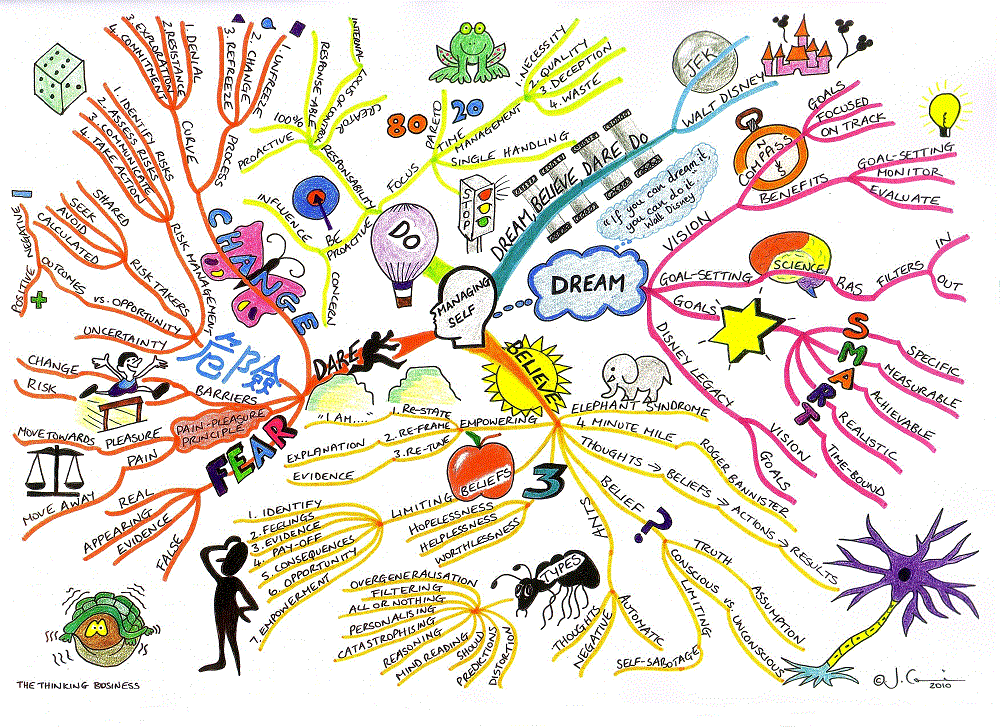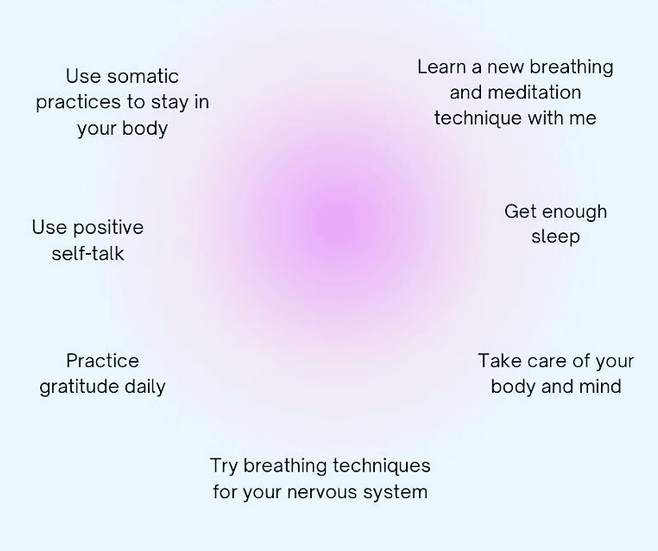My Approach for Embodying Coherence & Nervous System Regulation through Inquiry, Practice and Integration
Understanding Dissonant Experiences, Sensitization and how to move towards a more Embodied Coherence is a life long journey for those of us who have grown up with complex trauma, and who have had ongoing activated sensitization for years or decades.
Dissonant experiences such as dissociative behaviors and disabling anxiety can be the result of unprocessed stored traumatic-stress-responses that can often be accompanied by ongoing sensitization in the body. The mixtures of these physical and psychological experiences are often very difficult to self-regulate, and if they remain unreconciled over time they can create further complications such as inflammatory responses, chronic pain, mental health deterioration, addiction, burnout, difficult relationship triggers and dynamics, among many other challenges.
In my approach, the mentoring accompaniment is the offering of skillful, creative and therapeutic heart-led companionship into the mystery of sensitized and dissonant experiences in disharmony with our lives. The accompaniment is a synergistic, relational and intuitive process - a dance to demystify & melodify the psychosomatic nature of the dissonant or sensitized experience.
With practice and guidance the accompaniment is design to mutually grow our capacity to feel these difficult emotions stored in our bodies. With more capacity our experience of pain begins to change and we begin to rewire our brain to feel and observe difficult sensations without overreacting to them. Instead of our brain aggravating symptoms by trying to push them out (the habitual pattern of the mind engaging in distraction or numbing), we learn how to sit with these symptoms and thoughts and create practices to release, integrate and reconcile the blocked energy. This is a slow process that requires gentle titration through exposure, it is intuitive and nuanced, and it is gradual so we don’t get overwhelmed and reactivate ongoing sensitization with pain activation. It is my experience from my own personal journey, and also the of many others that pain eventually becomes a beneficial portal into more difficult emotions, and as we increase capacity to feel and be still with the discomfort, we often begin to tap into stored blocked usually anger and grief, and maybe other difficult emotions.
Progressively, being able to integrate more difficult emotions and psychosomatic experiences into our nervous systems awareness and capacity opens a space for more balanced regulation of sympathetic (stress, fight or flight) and dorsal parasympathetic pathways (shut down, exhaustion, numbness) giving way to a more balanced ventral-vagal parasympathetic response (rest, regeneration, social connection and belonging). This allows in return for us to be in a calmer state of mind, feeling more rested, sleep better, and become more loving towards ourselves and others.
This integration process, which is a life's journey, requires facing open heartedly all the totality of life's experiences including trauma, pain, anxiety and fear in order to be able to meet more amply our needs for self-actualization (feel connected, love, enjoy life). I call this process Embodying Coherence.
Framework & Accompaniment Process for Embodying Coherence
The accompaniment mentoring process for Embodying Coherence has three parts:
inquiring into our sensitization and/or our dissonant experiences,
building practices to gain awareness and build capacity to be in relationships with their psychosomatic nature, and...
integrating the experience gradually and with ease into our conscious embodied capacity to self-regulate...
I. Inquiry
In the inquiry process we explore and map the dissonant experience(s). We express creatively their mythology, identifying their physical and emotional manifestations, and situating their significance within an ecology of environmental triggers, coping mechanisms and relational dynamics. Through the inquiry, here are some examples of what we may explore:
Where is there magic in your life? What nourishes you, brings gratitude, what are you proud of?
What is your life's story and in which chapter did it all began? What chapters would you like to skip talking about?
When do you experience sensitization, dissociation, dissonant experiences or disembodiment, and what are the sensations in the body, the nature of the experience, and the stories in the mind? How do you cope? What triggers?
How do you self-regulate, co-regulate, resource internally and externally how do you cope, what works?
What ancestors and family members are you moving within you? Who are your closest supports?
What's your relationship to life, spirit, the universe? What values, hopes and aspirations guide you?
Through the inquiry we may draw tools from many different modalities including: Nervous system education, therapeutic visual arts activities, Narrative Therapy, CBT, a wide range of self-help literature, Shame and Vulnerability Work, Creative Storytelling, Theater, clowning, shadow work, NVC, tantra, Motivational Interviewing, Coaching goal settings, Addictions interventions, clowning, among many others.


A dissonant experience is a clash or lack of harmony between different events, behaviors, feelings, thoughts or perceptions, often resulting in uncomfortable anxiety, fearful rumination, difficult sensations, compulsive behaviours, and unexplained physical tension or pain.
Sensitization is a condition where the central nervous system – that's your brain and spinal cord – becomes overly sensitive, uncomfortable and over reactive to internal and external stimuli that typically would not cause pain.


Through the inquiry we map landmarks, flags, goals, places, stories, chapters, people, blockages, pain. We express it either as poster map, or as an installation.
Once we have a map then we start navigating this map through somatic practices gradually creating an integral container for titrating further psychosomatic insight.


For example it is possible to become able to sing and cry, without having to "zone out", or to stretch and feel anger and pain without feeling dangerously hurt or shutdown. Time and repeated practice creates a container that can gradually move forward integrating difficult experiences incrementally.
It is very important to approach this process moves along gradually starting from the lowest intensity experience, slowly moving towards the next experience in the lower intensity range and so on.
Increasing capacity for Self-Regulation & More Embodied Coherence
Less difficult symptoms & less anxiety,
Daily Practice
II. Practice
The practice process is a laboratory where we test and review in collaboration all the practices that could be supportive. After gathering and refining a repertoire of practices we then gently bridge and titrate the dissonant experience(s) into our somatic awareness. In this process we explore a combination of practice potentially including:
Mindfulness Meditation and guided visualizations to increase our capacity to feel sensations, become aware of thought content and create space for stillness.
Breath Work practices to become oriented, and to shift our state of mind when becoming blocked, increase ability to resource to become more alert or more relaxed as needed using different techniques.
Movement Practices & Physical Exercises such as yoga, gentle swimming, or a mindful dancing practice to explore physical discomfort, to become more embodied and oriented when having difficulty being more embodied. Cardio exercise also increases heart strength and physical capacity for openness to meet more lovingly emotional discomfort and physical pain.
Creative arts Practices: painting, drawing, sculpting, crafting, free writing, singing, intuitive sound evoking, clowning, dancing.
Relational Practices: partner dancing, tantra, humor, letter writing, paying it forward, ancestral invocation, healing constellations, massage, partner acro.
Creating a relationships with Nature, developing resourcing practices for presence such as sun gazing forest bathing, river bathing, moon dancing, tree hugging, animal petting, bird watching... etc.
Subtler somatic practices: presencing, soft gazing, somatic sound release, therapeutic somatic stretch release, yawning, orienting.
Other practices: hot and cold exposure (saunas and cold plunges), journalism, poetry, deep listening, napping, listening to soft music, exploring tactile stimulation, cooking, mindful eating, fasting, medicine journeys.
Through an exploration of many of these somatic practices, we will create together a fluid daily or weekly practice, that slowly begins identifying which techniques we can utilize to optimize and fine-tune our nervous systems to be able to integrate sensitized and dissonant experiences more coherently into our embodied capacity.
III. Integration
The Integration is a celebration of our collaboration.
In the integration process, we incorporate our integrated experience(s) and the nuanced somatic practice(s) into our internal embodied library and toolbox of resources. The previous dissonant experience (now a teaching experience) and the practices learned become more easily accessible and second nature. They can be then tailored to support our nervous system response to other challenging situations and dissonant experiences. Integration part brings us back to our initial mapped inquiry, but this time we have new pathways and tools to explore further.
For more information or any other inquiries reach out to AlejandroCZuluaga@gmail.com
Support
Empowering individuals through nervous system education.
Accompaniment
Mentoring
AlejandroCZuluaga@gmail.com
Embodying Coherence
Wellness Recovery Practices
R. Alejandro C. Zuluaga
Educator, Mentor & Facilitator
"Turn towards the thing that scares you. It is the doorway to everything you seek" Pema Chödrön
